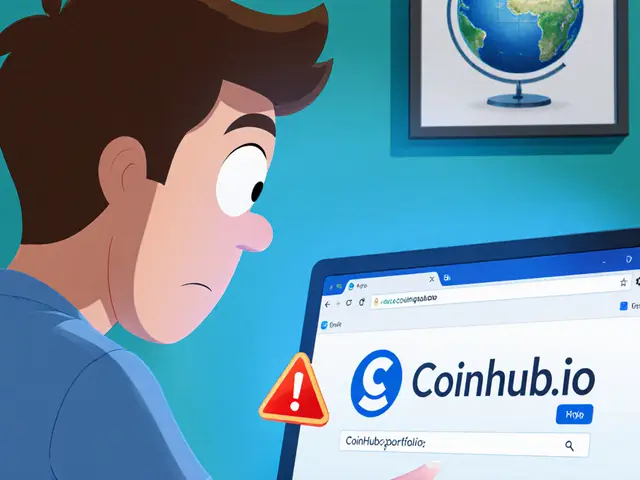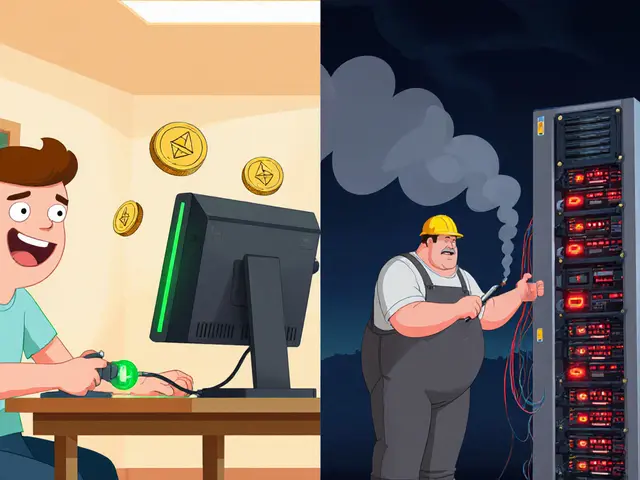Smart Contracts Explained: How They Power DeFi, Airdrops, and Crypto Automation
When you hear smart contracts, self-executing code on a blockchain that runs when conditions are met. Also known as blockchain programs, they don’t need banks, lawyers, or middlemen to make things happen. Think of them like digital vending machines: you put in the right input (like sending crypto), and they automatically spit out the right output (like an NFT or token) — no human approval needed.
These aren’t just theory. They’re what make DeFi, decentralized finance systems that replace traditional banks with code possible. Platforms like WOOFi and RAI Finance use smart contracts to let you swap tokens, copy trades, or earn interest — all without logging into an app. They’re also behind every airdrop, free token reward distributed automatically based on wallet activity, like the OneRare NFT drop or the RACA Metamon rewards. If you interacted with a protocol and got something back for free, a smart contract decided who got it and when.
Smart contracts don’t just hand out tokens. They lock up liquidity, enforce rules in tokenomics, and even trigger price changes when certain thresholds are hit. That’s why a coin like EGP or UNB can offer steady yields — the contract is programmed to distribute rewards based on staking rules. And when something goes wrong, like the Lunar Crystal NFT airdrop that never delivered, it’s usually because the contract was never properly deployed or audited. No code, no promise.
You’ll find smart contracts hiding in plain sight across the posts here: in the automation of CreatorBid’s AI agents, the cross-chain swaps on WOOFi, the liquid restaking of Eigenpie, and even in the geo-restrictions of CEXs versus DEXs. Centralized exchanges block users by country — but decentralized ones? They just run the contract, and if your wallet meets the condition, you’re in. That’s the difference between permissioned and permissionless.
What you’ll see below isn’t just a list of articles. It’s a map of how smart contracts are actually used — not in whitepapers, but in real wallets, real trades, and real losses. Some posts show you how to qualify for rewards. Others warn you about scams built on fake contracts. All of them tie back to one thing: code that runs itself. And if you’re holding crypto today, you’re already living inside it.



